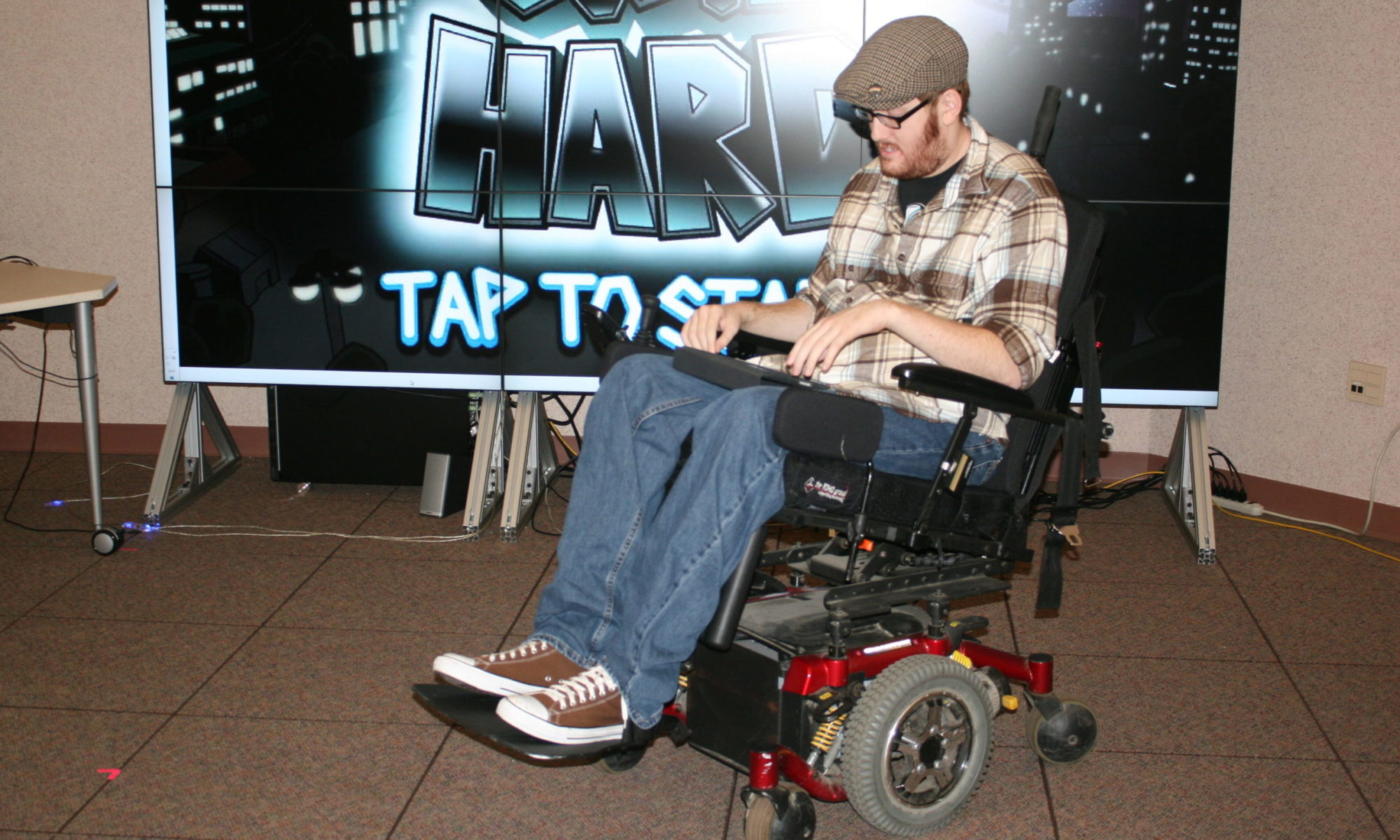S.C.I Hard Available in App Store

Those with spinal cord injuries (SCI) encounter a drastically different world when they are released from the hospital. With varying degrees of disability, mobility and function, the world around them becomes a collection of physical and mental challenges which is a complete departure from their previous lifestyles. Whether they are in crutches or manual/automatic wheelchairs, they need to learn mobility, scheduling, and social tasks once again.

S.C.I Hard is a mobile game developed by the Duderstadt Center and designed by Dr. Michelle Meade for the Center for Technology & Independence (TIKTOC RERC) with funding from a NIDRR Field Initiated Development Grant.
Its purpose is to assist persons with spinal cord injury and develop and apply the necessary skills to keep their bodies healthy while managing the many aspects of SCI care, serving as a fun and engaging manual for individuals with spinal cord injuries learning independence. Tasks such as scheduling, mobility, and social interaction are all integrated subtly into the game. Players engage in goofy quests, from befriending roid-raging girlscouts in the park to collecting tarsier monkeys running rampant at a night club. The goal of S.C.I Hard was to be different from most medically oriented games, so players don’t feel like they’re being lectured or bombarded with boring medical jargon, and instead learn the important concepts of their condition in a more light-hearted and engaging way.

With more than 30 different scenarios and mini-games, a full cast of odd characters to talk with, and dozens of collectible items and weapons only you can save the town from impending doom. SCI-Hard puts you, the player, in the chair of someone with a Spinal Cord Injury. Introducing you to new challenges and obstacles all while trying to save the world from legions of mutated animals. Join the fight and kick a** while sitting down!
S.C.I Hard is now available for free on Apple and Android devices through the app store, but will require participation in the subsequent study or feedback group to play:
Apple Devices: https://itunes.apple.com/us/app/sci-hard/id1050205395?mt=8
Android Devices: https://play.google.com/store/apps/details?id=edu.umich.mobile.SciHard&hl=en
To learn more about the subsequent study or to participate in the study involving S.C.I Hard, visit:
http://cthi.medicine.umich.edu/projects/tiktoc-rerc/projects/r2





